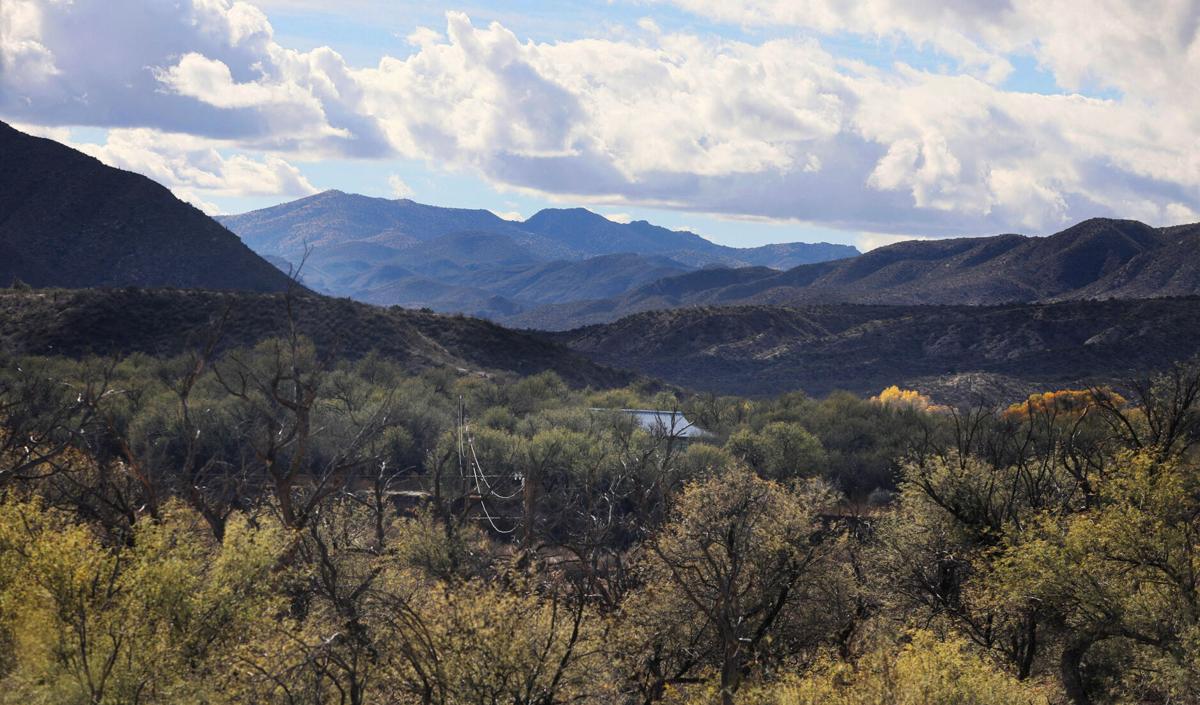Federal regulators have given final clearance to a new power line connecting a massive wind farm in New Mexico to the grid in Arizona by way of the Lower San Pedro River Valley east of Tucson.
The approval from the U.S. Bureau of Land Management clears the way for Pattern Energy Group to break ground on its 550-mile-long SunZia Southwest Transmission Project, which will deliver power from a 3,500-megawatt wind energy project the company also plans to build across three New Mexico counties.

According to the San Francisco-based renewable giant, the two projects, totaling $8 billion, represent the largest renewable energy infrastructure investment in U.S. history. The wind farm would be the biggest in the Western Hemisphere, with enough capacity to serve more than 1 million people.
Pattern officials have previously said they hope to finish both the array of towering wind turbines and the transmission line by late 2025.
The Biden administration is touting the project as “another milestone” in its efforts to lower power costs for consumers, boost employment and move toward a 100% clean-energy grid by 2035.
“The Department of the Interior is committed to expanding clean energy development to address climate change, enhance America’s energy security and provide for good-paying union jobs,” said Laura Daniel-Davis, Interior’s principal deputy assistant secretary for land and minerals management, in a written statement announcing the final approval of SunZia.
Several national environmental groups have come out in favor of the transmission project, but it still faces opposition from small, all-volunteer conservation groups on the Lower San Pedro River. Activists there want to see the power lines built elsewhere using established transmission routes.
“We’re talking about 33 miles of the most remote and ecologically sensitive portion of the last remaining natural and intact river ecosystem in Southern Arizona,” said Peter Else, one of those grassroots advocates who lives along the San Pedro near Mammoth. “It demonstrates a lack of respect for local conservation efforts, both by the White House and by the professional environmental groups that are either standing on the sidelines or, worse yet, promoting this poorly routed project.”
Arizona power regulators signed off on SunZia in November, but Else is challenging that decision in Maricopa Superior Court.
The roughly 200-mile route in Arizona includes approximately 780 towers, some as much as 195 feet tall. Each structure would carry two 500-kilovolt lines — one owned by Pattern to move its wind energy to markets in Arizona and California, and the other separately owned and expected to primarily carry other renewable power generated in the region.
The transmission lines will enter Arizona in southern Greenlee County and cross through rural areas north of Bowie and Willcox, before angling southwest toward the San Pedro River.
The approved powerline corridor crosses the river about 14 miles north of Benson, then turns up the sparsely populated and biologically rich valley on the east slope of the Rincon Mountains on its way toward San Manuel and Oracle.
SunZia will connect to the grid by way of a yet-to-be-built substation just east of Red Rock in Pinal County.
Transmission line through the Lower San Pedro Valley inches closer to reality, despite opposition.






